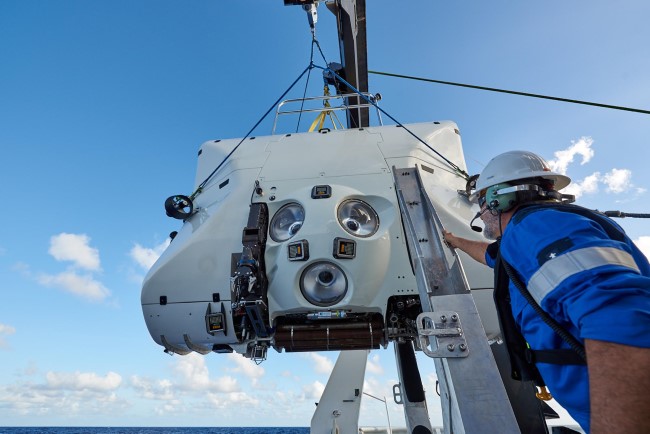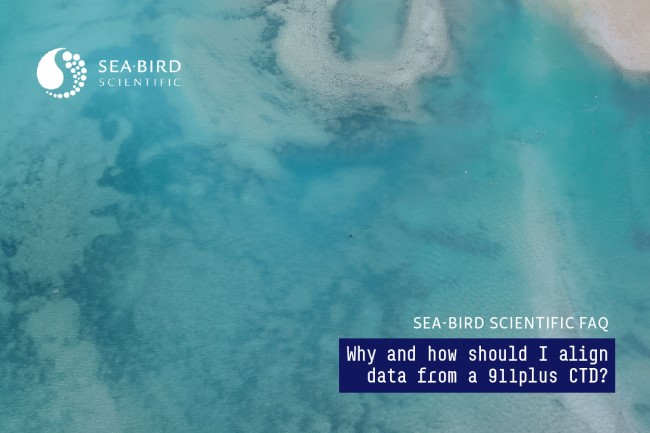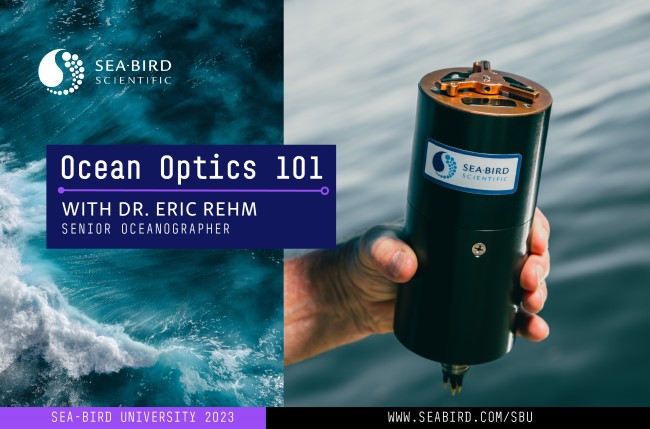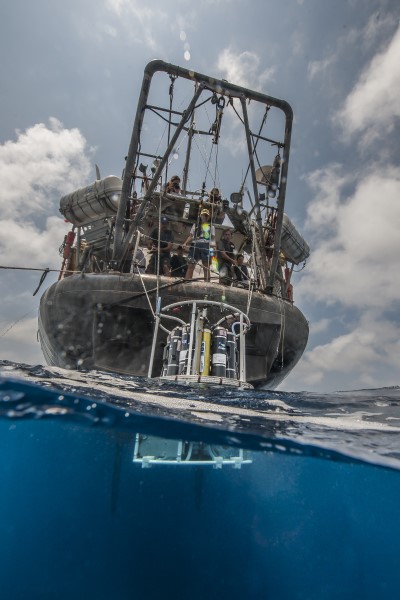November 2023 Newsletter
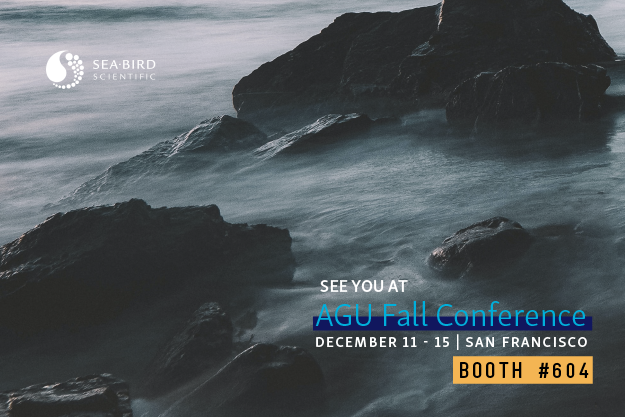
Come See Us at AGU in San Francisco!
Sea-Bird Scientific is excited to exhibit at the upcoming AGU Fall Meeting taking place in San Francisco, California, from December 11 – 15, 2023. Please come see members of our team at booth #604 to get answers to your oceanographic questions, the latest in Sea-Bird Scientific innovation, and more.
| Learn more |
Image courtesy of Caladan Oceanic
Partnering with Triton Submarines for Deep Sea Exploration
We were excited to be featured in ECO magazine’s latest digital edition of their Deep-Sea Exploration series.
In the spring of 2018, Triton Submarines reached out to the team at Sea-Bird Scientific to discuss collaboration on an upcoming project involving a manned submersible. Through this partnership, Sea-Bird Scientific alongside Triton and other leaders in oceanographic science enabled a manned submersible to reach the five deepest points of our oceans; which ultimately led to the breaking of numerous world records in what was called the Five Deeps Expedition. We’re grateful for the team at Triton Submarines for the opportunity to be part of this program.
| Read about the partnership |
|
FAQ of the Month: Why and how should I align data from a 911plus CTD?
The T-C Duct on a 911plus imposes a fixed delay (lag time) between the temperature measurement and the conductivity measurement reported in a given data scan. The delay is due to the time it takes for water to transit from the thermistor to the conductivity cell, and is determined by flow rate (pump rate). The average flow rate for a 9plus is about 30 ml/sec. The Deck Unit (11plus) automatically advances conductivity (moves it forward in time relative to temperature) on the fly by a user-programmable amount (default value of 0.073 seconds), before the data is logged on your computer.
| Read the full answer |
Featured Training: Ocean Optics 101
In this training, Dr. Eric Rehm, Senior Optical Oceanographer at Sea-Bird Scientific, introduces you to the basics of ocean optics (a + b = c) and the various sensors that SBS has designed to provide this window into the rich environment that covers 70% of our planet.
| Watch now |
See what opportunities await you at Sea-Bird Scientific with our latest job postings:
Customer Support Scientist – Physical Oceanography
| See current openings |
|
Featured Posts
Oceanology International 2024
We hope to see you at #Oi24 We are excited to return to Oceanology International 2024 again in London, UK from March 12-14. Overview Oceanology International brings together 500+ exhibitors in the only event that links the three key players in the industry:...
Ocean Sciences Meeting 2024
We hope to see you at #OSM24 We are excited to return to Ocean Sciences Meeting 2024 in New Orleans, Louisiana from February 18-23 at booth number #527. Overview The Ocean Sciences Meeting 2024 is co-sponsored by the American Geophysical Union, the Association for the...
Pride 2023
Celebrating and honoring our LGBTQIA+ communities At Sea-Bird Scientific, we are proud to stand with members of the LGBTQIA+ community during Pride Month 2023. As with last year, we changed our logo on social media to feature a rainbow throughout the month of June in...
Science and Technology
Platform
